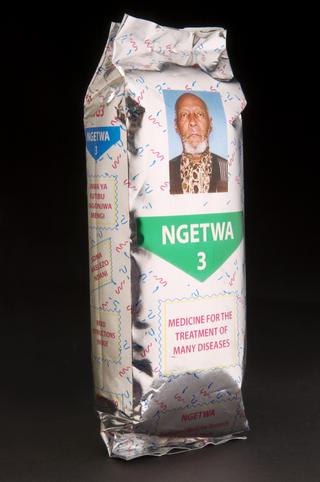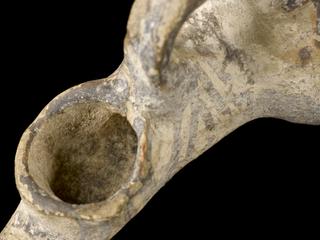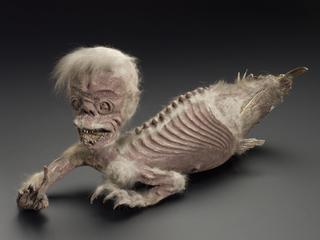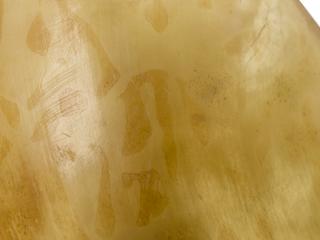
Ivory figure of woman in labour
- Made:
- 1890-1930 in Democratic Republic of Congo






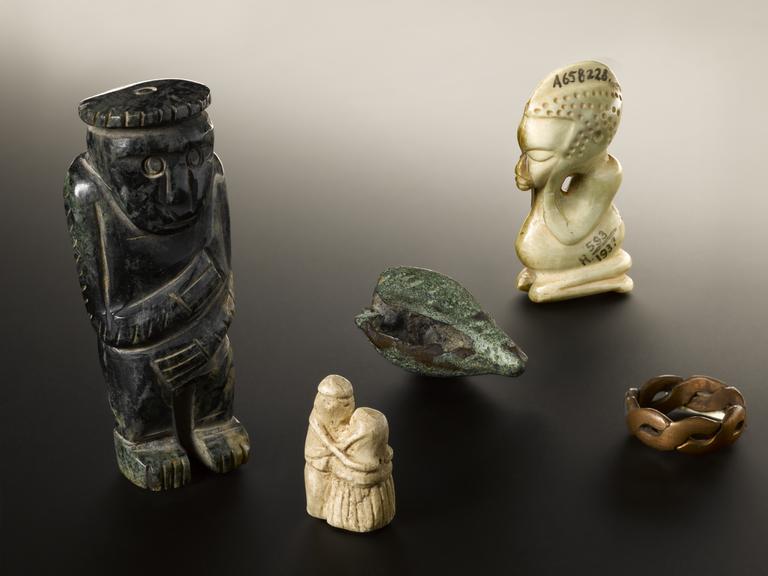



Ivory figure, kneeling, hands to ears, eyes closed, to make bearing and birth of child easy, Bahuana, Congolese, 1890-1930
This small ivory figure is attributed to the Bahuana people of the Democratic Republic of Congo in central Africa. It shows a woman in labour covering her ears with her hands. It is thought to be a protective amulet for women in childbirth, a time when both mother and baby are at risk.
Details
- Category:
- Ethnography and Folk Medicine
- Collection:
- Sir Henry Wellcome's Museum Collection
- Object Number:
- A658228
- Materials:
- ivory
- Measurements:
-
overall: 56 mm x 28 mm x 17 mm, .023 kg
- credit:
- Loan, Wellcome Trust
